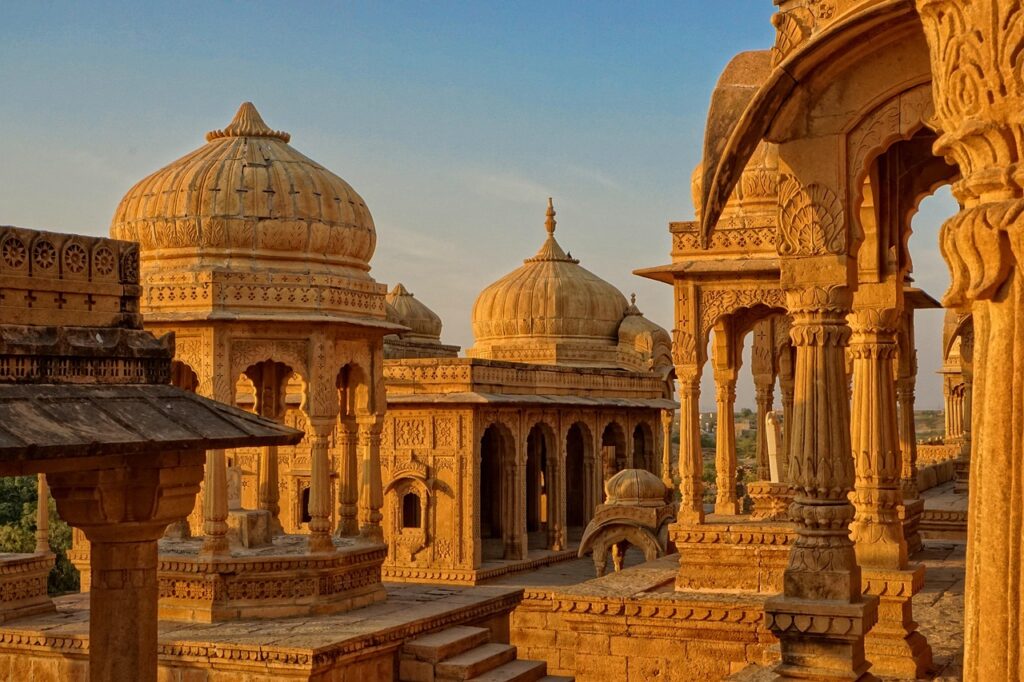
In Brahma samhita, Lord Brahma praises Krishna as ‘Govindam Adi Purusham’, who is widely recognized by spiritualists in India and around the world as the Supreme Lord (Isvara Parama Krishna). Krishna is also considered as the original and oldest personality, without any superior (anadir adir Govinda), and the ultimate cause of all causes (sarva karana karanam). Lord Shiva, who is responsible for the destruction of the world, is regarded as Krishna’s great devotee (vaishnavanam yatha shambhu) and even holds the water of the Ganges that washed Krishna’s lotus feet on his head as a sign of respect. In the Bhagavad Gita, Krishna reveals that he is seated in everyone’s heart as the Paramatma (supersoul) and that remembrance, knowledge, and forgetfulness originate from him (Mattah smritir jnanam apohanam ca). He also controls the material nature (prakriti) that governs the living entities of this world (Mayadhyaksena prakrtih suyate sa caracaram). Maha Vishnu, who lies in the causal ocean, and from whose body pores the countless material universes emanate, is a partial expansion of Lord Krishna. This article will cover some of the most prominent Krishna temples in India.

